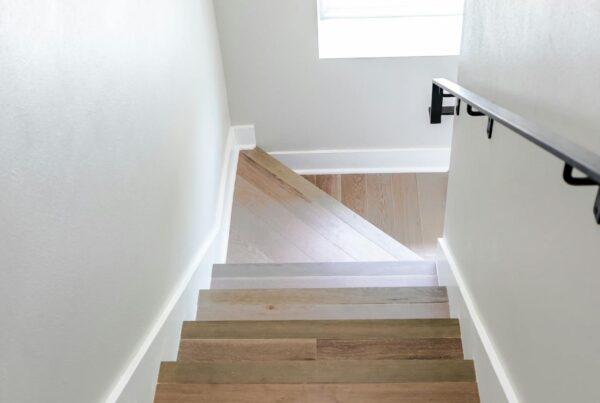Should I Seal My Stairs After Painting?
When it comes to revamping the interior of a home, painting the stairs can be a transformative project. Not only does it refresh the space, but it also provides an opportunity to inject personality and style into a frequently overlooked area. However, once the paint has dried, and the stairs are looking pristine, the question arises: should you seal your stairs after painting? The answer isn’t always straightforward, but considering the benefits and drawbacks is essential in making an informed decision.
The Importance of Durability
Stairs are one of the most trafficked areas in a home, subjected to constant wear and tear. The right kind of paint can indeed provide a layer of protection, but over time, it may not suffice against the barrage of daily use. Sealing the stairs after painting can significantly enhance their durability. A sealant acts as a protective layer, safeguarding the paint from chips, scratches, and the gradual wear that comes from continuous foot traffic. Especially in homes with children, pets, or a high volume of daily use, a sealant can be the difference between stairs that maintain their fresh look for years versus those that quickly show signs of wear.
Aesthetic Preservation
Beyond durability, sealing your stairs serves an aesthetic purpose. The finish of a sealant can enhance the colour and sheen of your painted stairs, giving them a professional-looking finish. Whether you prefer a glossy or matte appearance, the right sealant can amplify the visual appeal of your staircase, ensuring that it remains a centrepiece of your home’s interior design. Additionally, sealants can provide UV protection, preventing the paint from fading due to exposure to natural light, a particularly pertinent point for staircases near windows.
Safety Considerations
When considering sealing your stairs, safety is a paramount concern. Some sealants can make the stair surface slippery, posing a risk of falls and injuries. Fortunately, there are products available that offer a slip-resistant finish. Opting for such a sealant is crucial, especially in homes with young children, elderly residents, or anyone with mobility issues. Ensuring the product you choose enhances safety rather than compromises it is essential.
Maintenance and Upkeep
Sealed stairs are generally easier to clean and maintain. The sealant layer repels stains and dirt, allowing for straightforward cleaning without the risk of damaging the paint underneath. However, it’s important to note that once sealed, touching up painted stairs can be more challenging. If the paint or sealant is damaged, repairing that section might require sanding down and reapplying both paint and sealant, which can be more labour-intensive than dealing with unsealed painted stairs.
Making the Right Choice
Ultimately, the decision to seal your painted stairs should be based on your household’s specific needs and the staircase’s location. For high-traffic areas or homes with young families and pets, sealing is often advisable for the reasons outlined above. However, if your stairs see less use or you’re prepared for more frequent touch-ups, you might opt to skip this step.
In conclusion, sealing painted stairs offers numerous benefits, including enhanced durability, aesthetic preservation, and ease of maintenance. However, it’s crucial to weigh these advantages against your household’s specific circumstances and the potential for a more complicated touch-up process. By considering these factors, you can make an informed decision that ensures your staircase remains both a functional and beautiful part of your home for years to come.

Why not check out our online staircase builder?




